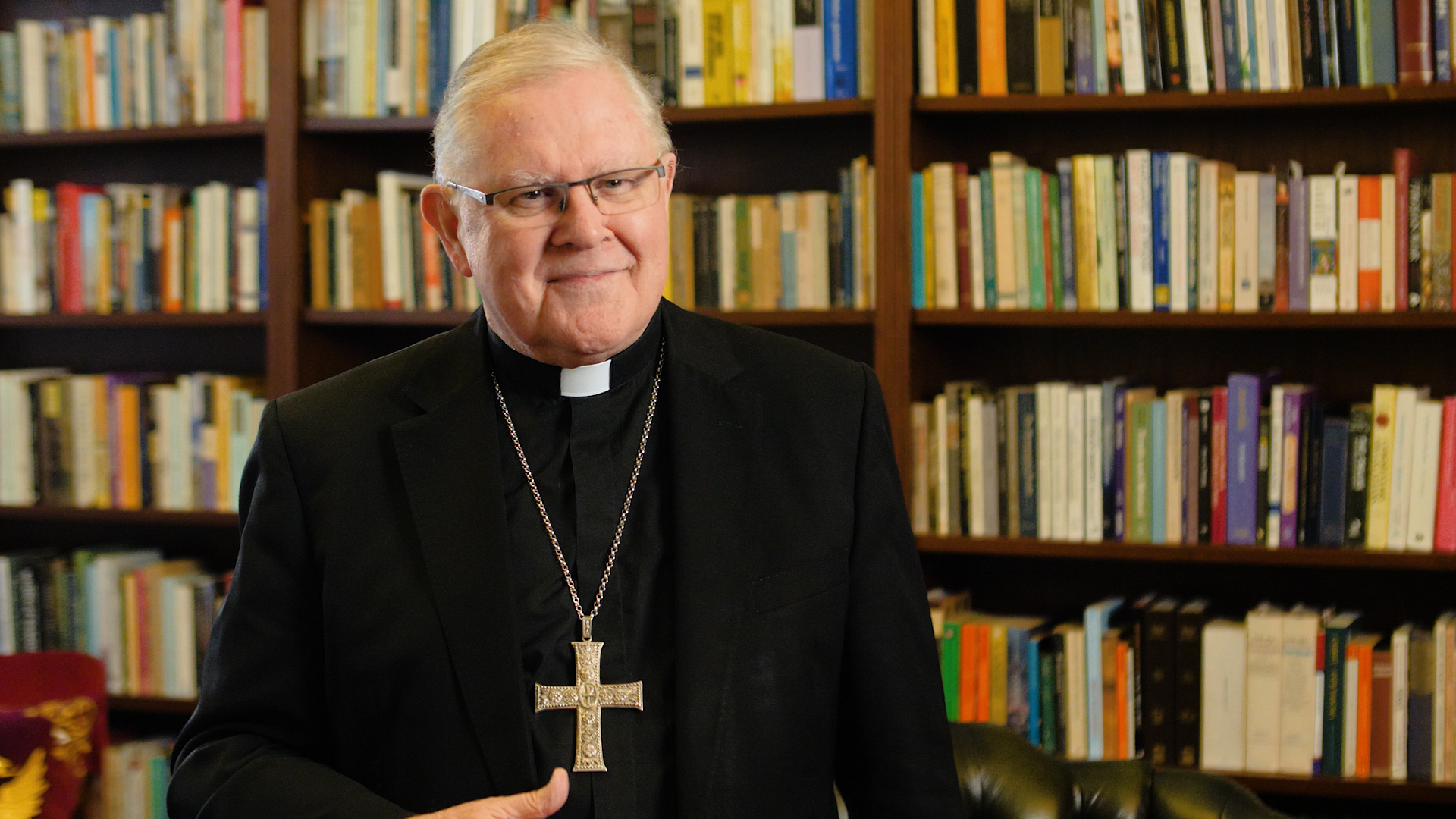The Cathedral of St Stephen, Brisbane
On a calm spring day many years ago I made my first visit to one of the great war cemeteries of northern France, near the city of Amiens. In so peaceful a setting, it was hard to imagine the horror of the battle that raged nearby in which all these men were killed.
Off into the distance the white headstones glistened in the morning light. The grass was bright green; the red poppies were in bloom. I stood in silence for a time, allowing the place to speak to me; then I strolled alone among the graves. Some of the headstones had epitaphs. Most were simple and predictable, but a few were more memorable.
On this Anzac Day I think of two epitaphs, neither of them from Amiens. The first is from the war cemetery in Fromelles. It’s on the headstone of Private Arthur Johnson, an infantryman from Footscray in Melbourne who was killed in action in July 1916. The epitaph reads: “Step softly: a dream lies buried here”.
We don’t know Arthur’s age, but they almost all died young. He went off to fight in Europe, a young bloke dreaming of adventure, be a bit of a hero perhaps. He dreamt of coming home and getting on with life. Those who waved him goodbye dreamt of his return, never imagining they would never see him again. When the news of his death reached Footscray they dreamt of him and what might have been if he had lived.
All those dreams were buried with Arthur Johnson. But in the end he himself became the dream. Because the boy from Footscray was always the dream of God; and beyond the slaughter Arthur wakes into the dream of God he always was. So on this Anzac Day we step softly, because we know a dream is buried here, a dream that never dies.
The second epitaph is on the headstone of Sergeant James Patterson, an airman from Aberdeenshire in Scotland who was killed in August 1940 at 20 years of age. He lies buried in the Klagenfurt war cemetery in Austria, and it’s the voice of his widowed mother we hear in his epitaph: “Tread gently on this airman’s grave: a mother’s love lies here”.
It is love that’s buried here, the fiercest of all loves, the love of a mother – the love that bore James in the womb and brought him to birth, that saw him grow through the years, the son who had become the widow’s life, all her hope, all her love. She kissed him goodbye and awaited his return day by day until the fatal news came. He had died, but her love never did. That love never dies, because love of any kind comes from the mother God who has taken James into an embrace which is eternal. Therefore we tread gently on this airman’s grave and the love that lies buried there.
Anzac Day is about death, all the deaths of war. But it’s even more about that which never dies. It’s about all the dreams and all the loves which from distant times lie buried in distant lands, but which rise into this Anzac Day and which will live for ever.
